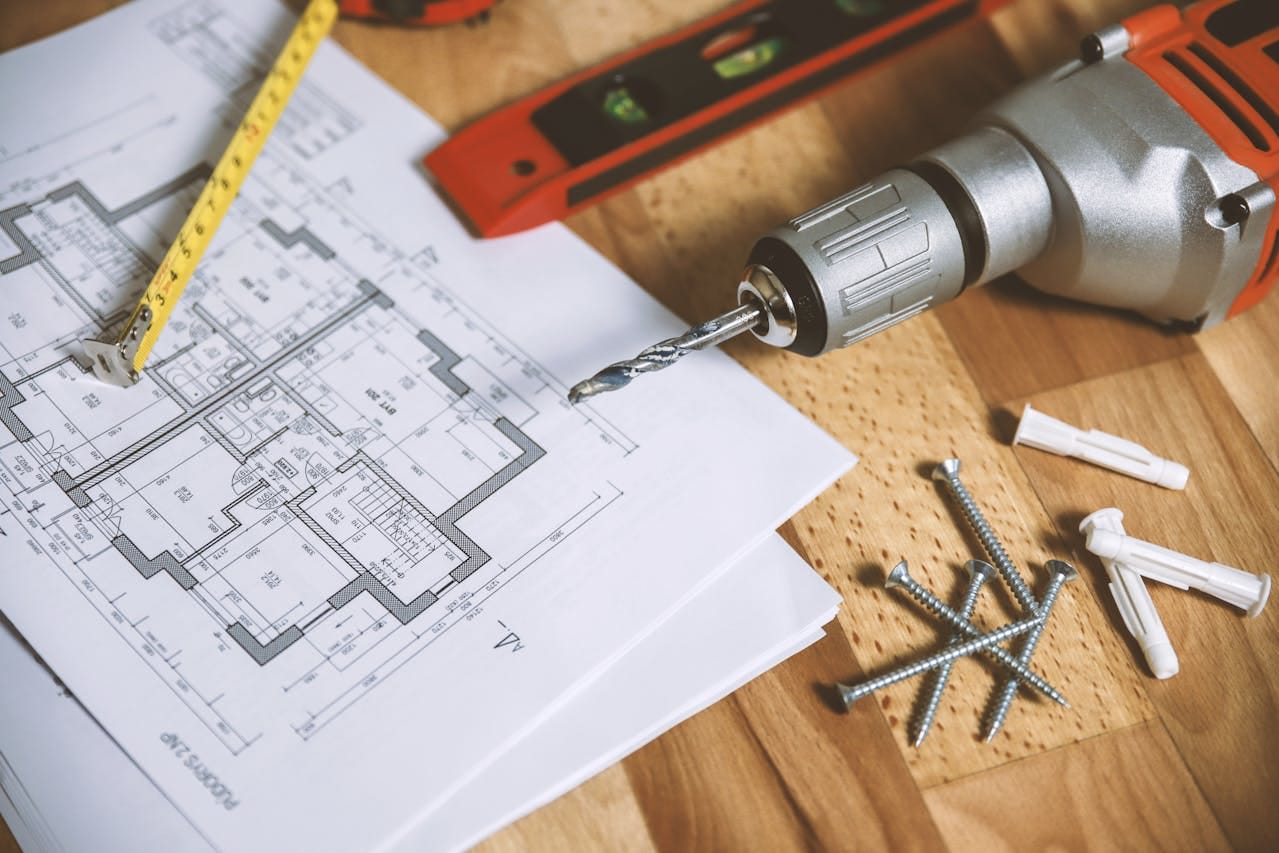Educational Reforms: What Works and What Doesn’t

Let’s be real—most of us have been through some form of schooling, and at some point, we’ve probably thought, “This system could use a bit of a change or an upgrade.” With rapid technological advances and a better understanding of how students learn, there's an ever-present opportunity to reimagine how we support our young learners, making it better, and more effective.
💡 Lessons learnt: Continuous improvement is better than delayed perfection.
Educational reforms are simply changes made to how education is delivered. These reforms might target a whole system or focus on specific areas, like curriculum, teacher training, or technology in the classroom. Some reforms aim to make education more equitable—so that students in under-resourced schools get the same quality education as those in well-funded schools. Others might focus on the skills students need in today’s world, like digital literacy, and problem-solving. The goals vary, but the idea is always to make education better, more efficient, and more relevant.
As technology advances or the job market shifts, our education system needs to adapt to prepare students for what lies ahead. These reforms are usually a response to specific problems or changes in society:
- Economic Changes: With jobs increasingly requiring tech skills, some reforms aim to incorporate digital literacy and STEM (Science, Technology, Engineering, and Math) education into curriculums (Davidson et al., 2020).
- Social Inequality: Many reforms address educational inequities—like the gaps between schools in wealthy and poorer neighborhoods. The goal is to provide a level playing field so every child has a fair shot at success, regardless of their background (Baker, 2018).
- Global Competitiveness: Countries often reform their education systems to stay competitive globally. For instance, countries like Finland and Singapore, known for high-ranking education systems, have inspired reforms worldwide with their focus on teacher quality, student well-being, and rigorous curricula (Sahlberg, 2011).
Objectives of Educational Reforms
Most educational reforms aim to do at least one of these four things:
- Improve Access: Making sure everyone can get an education, regardless of their circumstances. It’s why reforms often target marginalized groups, like students from low-income families, rural areas, or those with disabilities (OECD, 2018).
- Increase Quality: After getting students into schools; we need to ensure they get a quality education. Quality reforms might focus on training better teachers or reducing class sizes.
- Enhance Relevance: Reforms addressing relevance focus on teaching skills that matter in today’s world. This is why so many curriculums now emphasize digital skills, critical thinking, and emotional intelligence.
- Boost Efficiency: Make the whole system run more smoothly. This might involve using technology to streamline administrative tasks or finding new ways to allocate resources more fairly.
How Are Educational Reforms Done?
Top-Down vs. Bottom-Up
This is when the government or education ministry creates new policies or standards and then pushes them down through schools and districts. It can be effective because it brings about broad, sweeping changes quickly. For instance, the No Child Left Behind Act mandated specific academic standards that all public schools had to meet (Lee & Reeves, 2012). However, these changes don’t always work out as intended; top-down reforms often miss the unique needs of local schools and can be met with resistance from teachers and communities who feel they lack input.
There’s also the bottom-up approach, where reforms are driven by teachers, parents, or even students. This approach is usually more responsive to the actual needs of a school or community because the people closest to the problems are helping to create the solutions. An example is the community-led reform movement in Oakland, which emphasized culturally relevant teaching practices to engage students from diverse backgrounds (Jabbar, 2016). The downside? Bottom-up changes can take longer to spread and may not have the resources for large-scale implementation.
Teacher Training and Professional Development
We all know that no educational reform works without great teachers. Many reforms target teacher training and professional development to improve the quality of instruction. Finland’s education system, which is known for its success, heavily invests in teacher training, ensuring that teachers are well-prepared and respected in their roles (Sahlberg, 2011).
While effective teacher training can have a huge impact, it’s often underfunded or inconsistently applied. Research suggests that training focused on specific, classroom-relevant skills tends to be most effective, whereas generic workshops may not make much of a difference (Darling-Hammond et al., 2017).
Technology Integration
In recent years, many educational reforms have focused on integrating technology into the classroom. From interactive whiteboards to online learning platforms, the goal is to make learning more engaging and accessible. During the COVID-19 pandemic, we saw just how essential technology could be in keeping education going remotely.
We should be conscious of the fact that technology alone doesn’t automatically improve learning outcomes. Tech integration works best when teachers receive proper training and when it’s used to complement, rather than replace, traditional teaching methods. If used improperly, technology can even be a distraction, leading to worse outcomes rather than better ones.
Framework Models: Popular Approaches to Educational Reform
These frameworks can be thought of as process blueprints for schools, laying out step-by-step guides to make meaningful changes in education. Each outlines a structured specific set of actions and principles, on how to plan reform processes, tackle challenges, set goals, and monitor progress.
Improvement Science Framework: This approach emphasizes rapid testing and adaptation. Originating from healthcare, improvement science has become popular in education for its focus on understanding what works in real-world settings. Schools implementing improvement science often create short cycles of planning, testing, and refining reforms (Bryk et al., 2015).
Professional Learning Communities (PLCs): PLCs focus on collaborative learning among educators within a school. Through regular meetings and discussions, teachers can share strategies, analyze student data, and troubleshoot challenges together. Many successful reforms incorporate PLCs to strengthen teacher support and encourage shared accountability (DuFour et al., 2016).
The Logic Model: This model breaks down the steps of reform into inputs, activities, outputs, and outcomes. It’s especially useful for tracking a reform’s progress and clarifying its goals. It helps educators and policymakers stay focused and measure each phase’s success. (McLaughlin & Jordan, 2004).

Adiutor
Adiutor means "helper" - we do just that, by taking a load of your school administration and helping you focus on what matters most: the kids.
References
- Au, W. (2007). High-stakes testing and curricular control: A qualitative metasynthesis. Educational Researcher, 36(5), 258–267.
- Baker, B. D. (2018). Educational inequality and school finance: Why money matters for America's students. Harvard Education Press.
- Barnett, W. S. (2011). Effectiveness of preschool programs for children with disabilities. Exceptional Children, 58(2), 159–172.
- Betts, J. R., & Tang, Y. E. (2011). The effects of charter schools on student achievement: A meta-analysis. Economics of Education Review, 31(2), 344–353.
- Black, P., & Wiliam, D. (1998). Inside the black box: Raising standards through classroom assessment. Phi Delta Kappan, 80(2), 139–148.
- Bryk, A. S., Gomez, L. M., Grunow, A., & LeMahieu, P. G. (2015). Learning to improve: How America’s schools can get better at getting better. Harvard Education Press.
- Cohen, D. K., & Spillane, J. P. (1992). Policy and practice: The relations between governance and instruction. Review of Research in Education, 18, 3–49.
- Darling-Hammond, L., Hyler, M. E., & Gardner, M. (2017). Effective teacher professional development. Learning Policy Institute.
- DuFour, R., DuFour, R., Eaker, R., & Many, T. (2016). Learning by doing: A handbook for Professional Learning Communities at Work™. Solution Tree Press.
- Fullan, M. (2001). Leading in a culture of change. John Wiley & Sons.
- Hargreaves, A., & Fullan, M. (2012). Professional capital: Transforming teaching in every school. Teachers College Press.
- Honig, M. I., & Hatch, T. (2004). Crafting coherence: How schools strategically manage multiple, external demands. Educational Researcher, 33(8), 16–30.
- Jabbar, H. (2016). Culturally relevant teaching practices in diverse classrooms. Urban Education Journal.
- Kopp, W. (2011). A chance to make history: What works and what doesn’t in providing an excellent education for all. PublicAffairs.
- McLaughlin, J. A., & Jordan, G. B. (2004). Using logic models. Handbook of practical program evaluation, 2, 7–32.
- Nichols, S. L., & Berliner, D. C. (2007). Testing the joy out of learning: The high-stakes testing movement and its impact on American schools. Phi Delta Kappan, 89(2), 289–297.
- OECD. (2018). Equity in education: Breaking down barriers to social mobility. OECD Publishing.
- Pane, J. F., Steiner, E. D., Baird, M. D., & Hamilton, L. S. (2017). Observations and guidance on personalized learning. RAND Corporation.
- Sahlberg, P. (2011). Finnish lessons: What can the world learn from educational change in Finland? Teachers College Press.
